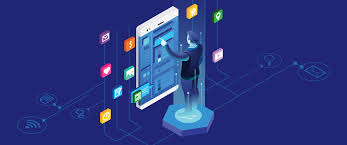Older adults can save tens of thousands of dollars annually by choosing assisted living communities over aging in place in their homes.
Unlike point solutions, Inspiren unifies resident safety, care planning, staffing, and emergency response into a single AI-powered platform.
An artificial intelligence-powered virtual assistant platform for senior living and care providers.

 Has the tech user experience substantially improved? For years device and software tech ‘improved’ to a point of widespread optimism about our tech future. Certainly access has improved: Ninety-five percent of Americans use the Internet and more than 80% have broadband at home. Today there are numerous programs to subsidize access, and
Has the tech user experience substantially improved? For years device and software tech ‘improved’ to a point of widespread optimism about our tech future. Certainly access has improved: Ninety-five percent of Americans use the Internet and more than 80% have broadband at home. Today there are numerous programs to subsidize access, and